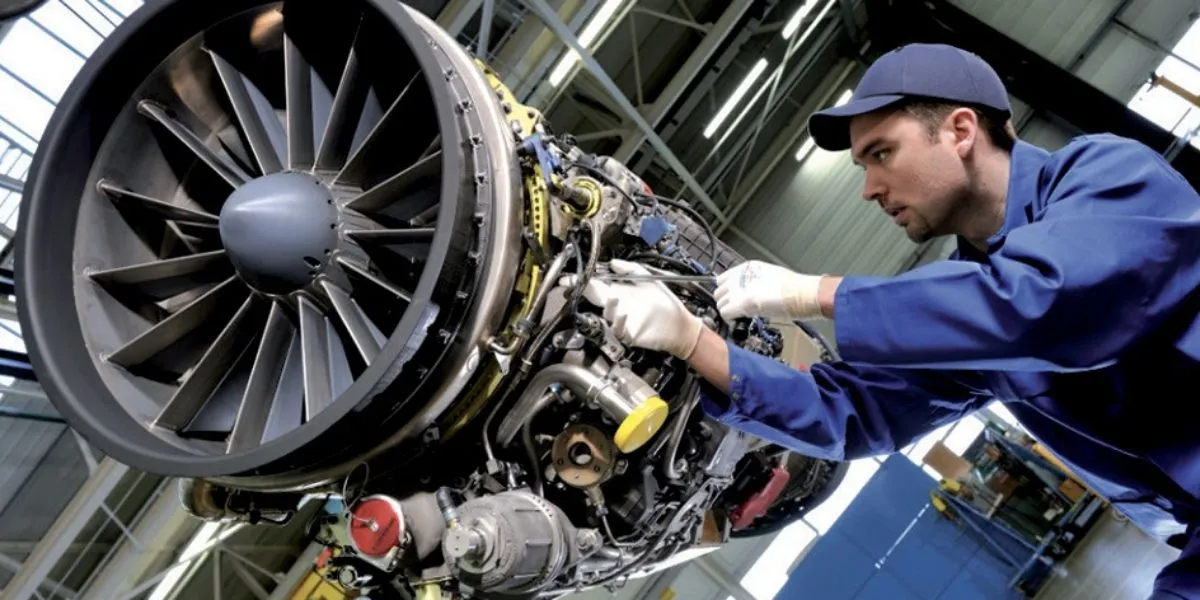
Despite global industrial disruptions over the past decade,including the COVID-19 pandemic,geopolitical tensions,and post-pandemic inflation,Morocco’s aerospace sector has demonstrated remarkable resilience and growth.
According to figures from the foreign exchange regulator,the country’s aerospace exports have more than tripled between 2014 and 2024,rising from 7.69 billion dirhams to 26.44 billion dirhams (about 3 billion dollars),marking a 244% increase with an average annual growth rate of nearly 13%.
This performance reflects a long-term industrial strategy initiated in the early 2000s,culminating in the Industrial Acceleration Plan (PAI). The plan positioned aerospace as a strategic sector,supported by structured ecosystems,international partnerships,and specialized vocational training infrastructure.
Between 2017 and 2019,exports surged from 11.9 to 18.1 billion dirhams,a 52% increase in just two years. The year 2018 alone saw a jump of 3.2 billion dirhams,driven by expanded production capacity,product sophistication,and market diversification.
The pandemic caused a sharp decline in 2020,with exports falling to 13.37 billion dirhams (–26.3%). However,the rebound was swift: 16.4 billion in 2021 (+22.7%),22.1 billion in 2022 (+35%),and 26.44 billion by 2024.
The assembly segment has been the primary growth engine. In 2014,it accounted for 3.73 billion dirhams in exports. By 2024,that figure had climbed to 17.23 billion,a 4.6-fold increase and an average annual growth rate exceeding 17%.
Major aerospace players,including Boeing,Airbus,Safran,Stelia,and Bombardier,have expanded operations in Morocco,leveraging its proximity to Europe,competitive costs,skilled labor,and political stability.
The Electrical Wiring Interconnection System (EWIS) segment,though less prominent in volume,plays a critical role in aircraft architecture. EWIS exports rose from 3.89 billion dirhams in 2014 to 9.1 billion in 2024,a 134% increase. After a pandemic-induced dip in 2020 (–30.9%),the segment recovered steadily,reaching 7.5 billion in 2022 and 9.1 billion in 2024.
Morocco’s aerospace success is underpinned by a robust industrial ecosystem. Investments in infrastructure,engineering,and training- such as the Institut des Métiers de l’Aéronautique (IMA)- have elevated workforce capabilities. The local integration rate,once at 18% in 2010,now exceeds 40% in some segments.
Looking ahead,Morocco aims to shift from quantitative growth to technological maturity,focusing on engineering,intellectual property,and R&D to consolidate its position in the global aerospace value chain.
United News - unews.co.za